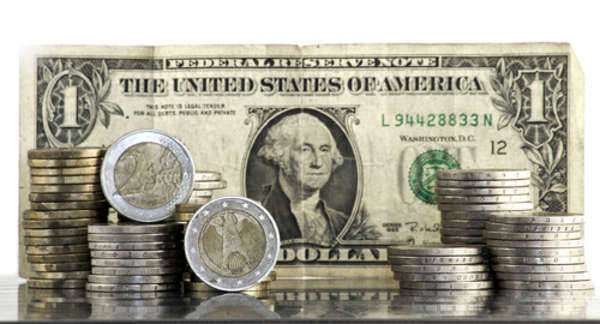
A counterfeit money detector may sound like a high level job title in the U.S. Treasury, but it is simply a term that can be used to describe any of the multitude of protective features built into U.S. currency that assists individuals in identifying fraudulent bills. Recognizing fake money may sound like a burdensome task, but anyone armed with the knowledge of counterfeit money detectors should possess the capacity to spot illegitimate currency and save themselves the headache of being saddled with useless green paper.
If you suspect you are in possession of a counterfeit bill, one of the first counterfeit money detectors you should examine are the serial numbers on the bill. Serial numbers printed on authentic currency are always uniformly spaced and printed in ink identical to that of the Treasury Seal on the bill. Fraudulent bills often have misaligned serial numbers that may be printed in ink of varying shades.
Another counterfeit money detector is the paper that the bill is printed on itself. All U.S. currency has a distinctive paper texture, and the paper that money is printed on cannot be purchased by the general public. Therefore, many counterfeit bills will feel strange to the touch, and this is a telltale counterfeit money detector.
On occasion, counterfeit bills are not produced by individuals, but actual bills are altered to raise their monetary value. For example, you can recognize some counterfeit money detectors by viewing the numerical values in the four corners of the bill and comparing them with the written value of the bill beneath the portrait of the president adorning a given piece of currency. Sometimes counterfeiters will adhere a higher numerical value to the corners of a bill worth far less, which can often go unnoticed unless one takes the time to examine the entire bill.
When viewing the constituent parts of a bill fails to elucidate any fraud, an effective counterfeit money detector is a special iodine filled pen. These counterfeit money detectors are most effective at identifying counterfeit bills that are created by individuals on printers and copiers that aren’t of the utmost quality but still looking acceptable to the naked eye.
The counterfeit money detector pen identifies these fraudulent bills because its iodine solution creates a black mark on bills that are printed on wood-based paper. The U.S. Treasury prints its currency on paper containing fiber instead of wood, and the iodine solution does not react to this form of paper. Thus, these counterfeit money detectors are effective tools for quickly identifying phony currency.
Counterfeit money can cost individuals and businesses a lot of money if they unwittingly accept these fraudulent bills. Knowing how to spot counterfeit money detectors is a primary weapon guarding individuals from falling prey to counterfeit currency.
























